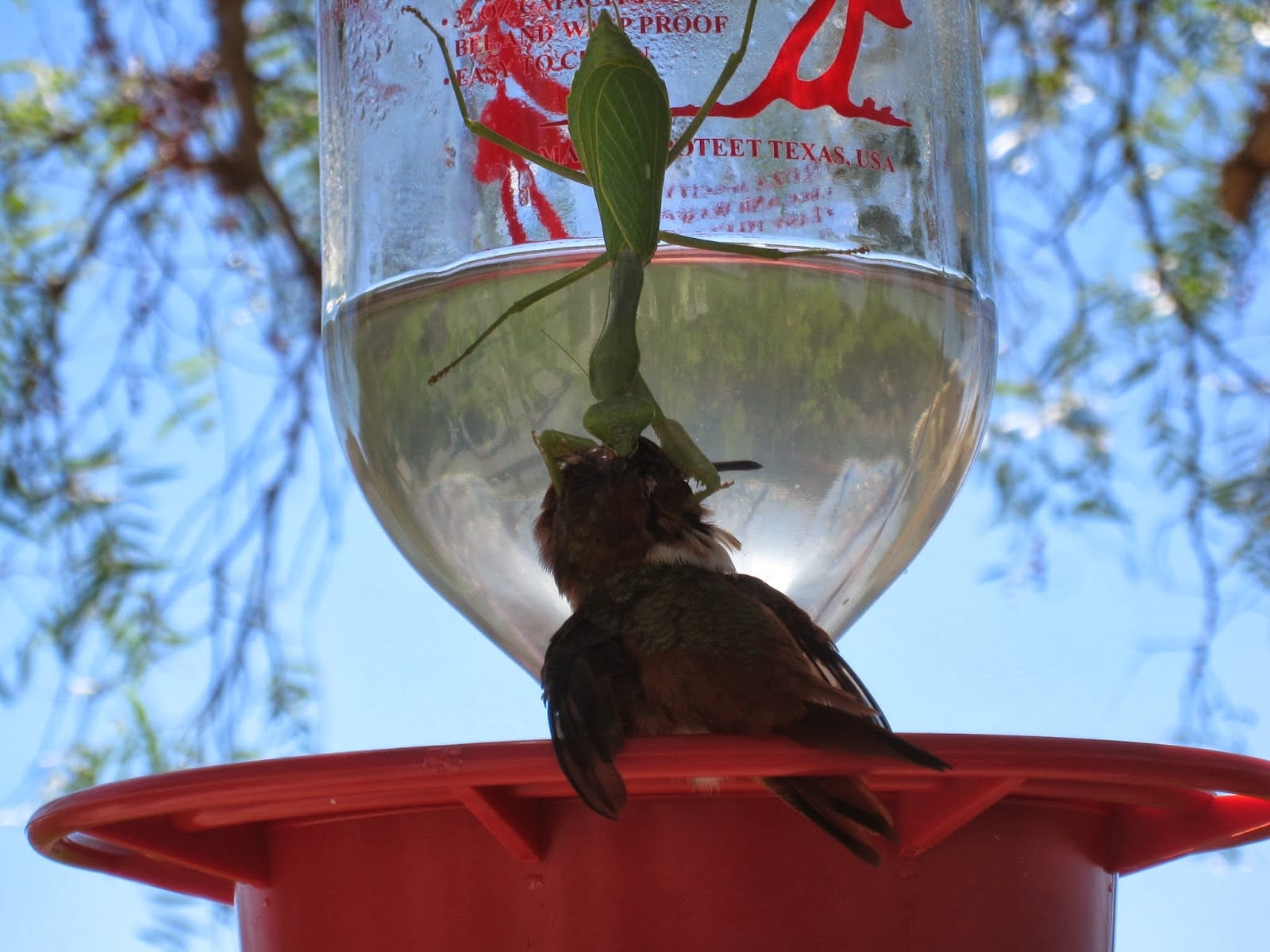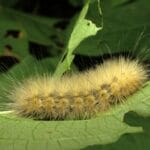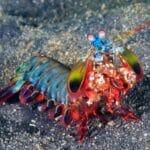While often perceived as harmless garden residents, praying mantises harbor a surprising secret: they can be formidable predators of hummingbirds. These stealthy insects, masters of disguise and ambush, challenge our understanding of the natural world and raise concerns about the safety of our cherished hummingbirds.
Hummingbird Hunters: Unmasking the Praying Mantis’s Predatory Prowess
We often associate praying mantises with their insatiable appetite for garden pests, picturing them as beneficial allies in the fight against unwanted insects. While their role in pest control is undeniable, their diet isn’t limited to aphids and caterpillars. Shockingly, these unassuming insects have also been documented capturing and consuming hummingbirds.
A Delicate Dance: The Complicated Relationship Between Praying Mantises and Hummingbirds
Praying mantises, particularly larger species reaching 5-6 inches in length, possess the size and strength to overpower hummingbirds, especially smaller species. Equipped with powerful, grasping forelegs and lightning-fast reflexes, they transform from seemingly docile insects into efficient hunters, capable of snatching a hummingbird mid-air or ambushing it while it feeds.
Audubon and National Geographic have published chilling images and accounts of these encounters, leaving no doubt that praying mantises can pose a serious threat to hummingbirds.
This predatory behavior, while unsettling, highlights the complexities of the natural world. While praying mantises may seem like beneficial garden additions, their indiscriminate appetites have broader ecological implications.
Balancing Act: Protecting Hummingbirds While Appreciating Praying Mantises
While the thought of praying mantises preying on hummingbirds can be alarming, it’s important to remember that these interactions are part of a complex ecosystem.
Rather than demonizing praying mantises, we can take proactive steps to minimize risks to hummingbirds while appreciating the role these unique insects play in our gardens:
- Strategic Feeder Placement: Locate hummingbird feeders in open areas, away from dense foliage where mantises can hide.
- Feeder Guards: Utilize specialized feeder guards that prevent larger insects from accessing feeding ports while allowing hummingbirds to feed safely.
- Alternative Food Sources: Offer praying mantises alternative food sources in different areas of your yard to divert them from hummingbird feeders.
- Relocation, Not Eradication: If you encounter a praying mantis near your hummingbird feeder, gently relocate it to a different area of your garden where it can continue to provide natural pest control.
Hummingbirds in Peril: A Closer Look at Their Predators
While the threat of praying mantises to hummingbirds might come as a surprise, it’s crucial to recognize that these tiny birds face a surprising array of predators. Understanding these threats is vital for implementing protective measures and ensuring the well-being of hummingbird populations.
Beyond the Mantis: A Diverse Range of Predators
Hummingbirds, despite their agility and speed, are vulnerable to a variety of predators, including:
- Insects: Large spiders, robber flies, and even dragonflies have been known to capture and consume hummingbirds.
- Reptiles & Amphibians: Lizards, snakes, particularly in tropical regions, and even some larger frogs include hummingbirds in their diets.
- Larger Birds: Blue jays, crows, roadrunners, and other predatory birds may prey on adult hummingbirds, their eggs, or nestlings.
- Domestic Animals: Cats pose a significant threat to hummingbirds, especially in suburban environments.
This diverse predator list underscores the importance of taking a multi-faceted approach to protecting hummingbirds.
Vulnerability at All Stages
Hummingbirds are most susceptible to predation during specific stages in their lifecycle:
- Nests & Young: Hummingbird eggs and nestlings are particularly vulnerable to predators like snakes, larger birds, and climbing mammals.
- Feeding Time: When hovering to feed, hummingbirds are momentarily exposed and can become easy targets for ambush predators like mantises, spiders, and robber flies.
### People’s Statements:
- “Praying mantids are fast and can snatch a hummingbird out of the air. It’s rare, but it’s gruesome.” – This statement emphasizes the speed and unexpected brutality of mantis attacks, adding a relatable human element to the information.
Creating a Safe Haven: Protecting Hummingbirds in Your Backyard
Recognizing the threats hummingbirds face is the first step towards effective protection. By implementing simple measures, we can create safer environments for these fascinating creatures to thrive.
Feeder Strategies: Minimizing the Risks
- Open Placement: Locate feeders away from trees, shrubs, or dense foliage where predators can hide and ambush hummingbirds.
- Multiple Feeders: Offering multiple, well-spaced feeders can reduce competition for resources and minimize the chances of a single predator wiping out a large number of hummingbirds.
- Feeder Guards: Utilize feeders equipped with bee guards or domes that physically prevent larger insects, like praying mantises, from accessing feeding ports while allowing hummingbirds to feed safely.
- Regular Inspection: Regularly inspect feeders and surrounding areas for signs of predators, and relocate any found to a safe distance away from the feeders.
Beyond Feeders: Creating a Hummingbird-Friendly Habitat
- Native Plants: Planting a diverse array of native flowering plants provides hummingbirds with natural food sources and reduces their reliance on feeders.
- Water Sources: Providing clean water sources, such as shallow birdbaths or misters, is crucial for hummingbirds, especially during hot weather.
- Predator Deterrents: Consider implementing natural predator deterrents, such as thorny bushes or strategically placed bird feeders that attract larger birds, which can help deter cats and other potential predators.
By understanding the dynamics between predators and prey, and by taking proactive steps to create safer environments, we can ensure that hummingbirds continue to grace our gardens with their beauty and aerial acrobatics.
Looking to learn more about the various creatures in Disney’s piranha dreamlight valley? Don’t forget to check out its utility, drop chances, and where to find a pueblan milk snake.
- Unlocking Francis Alexander Shields’ Finance Empire: A Comprehensive Biography - July 12, 2025
- Unveiling Francis Alexander Shields: A Business Legacy - July 12, 2025
- Francis Alexander Shields’ Business Career: A Comprehensive Overview - July 12, 2025
















2 thoughts on “The Praying Mantis Menace: Can These Insect Predators Decimate Hummingbird Populations?”
Comments are closed.